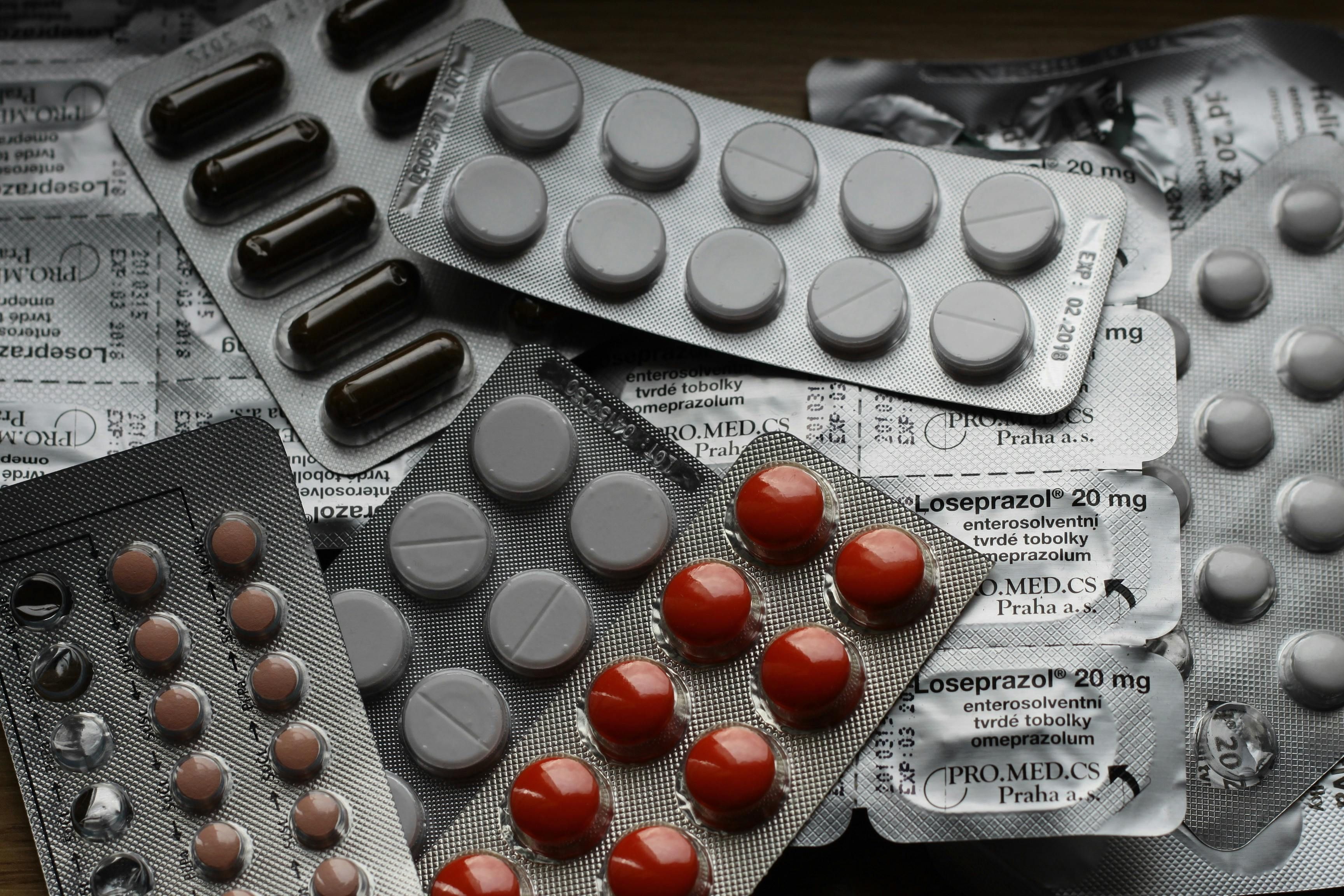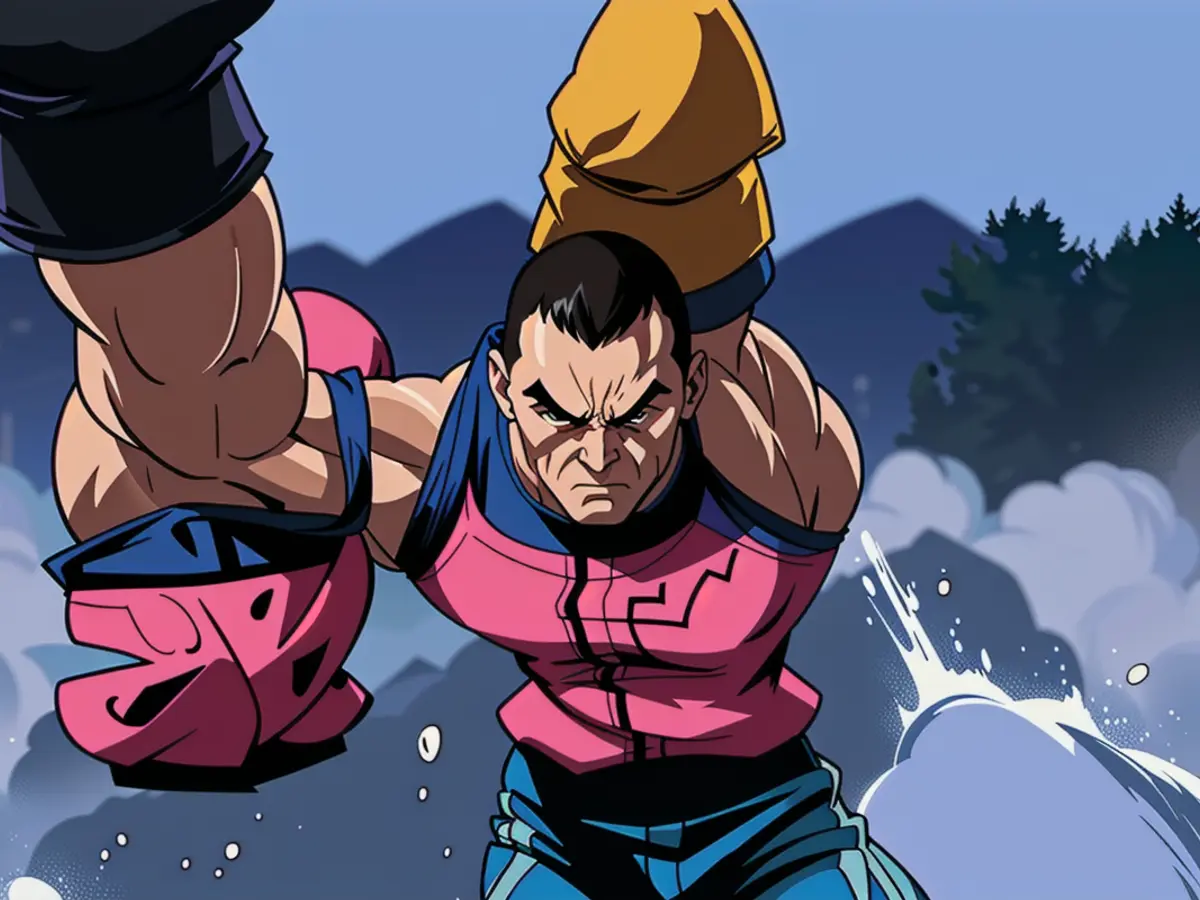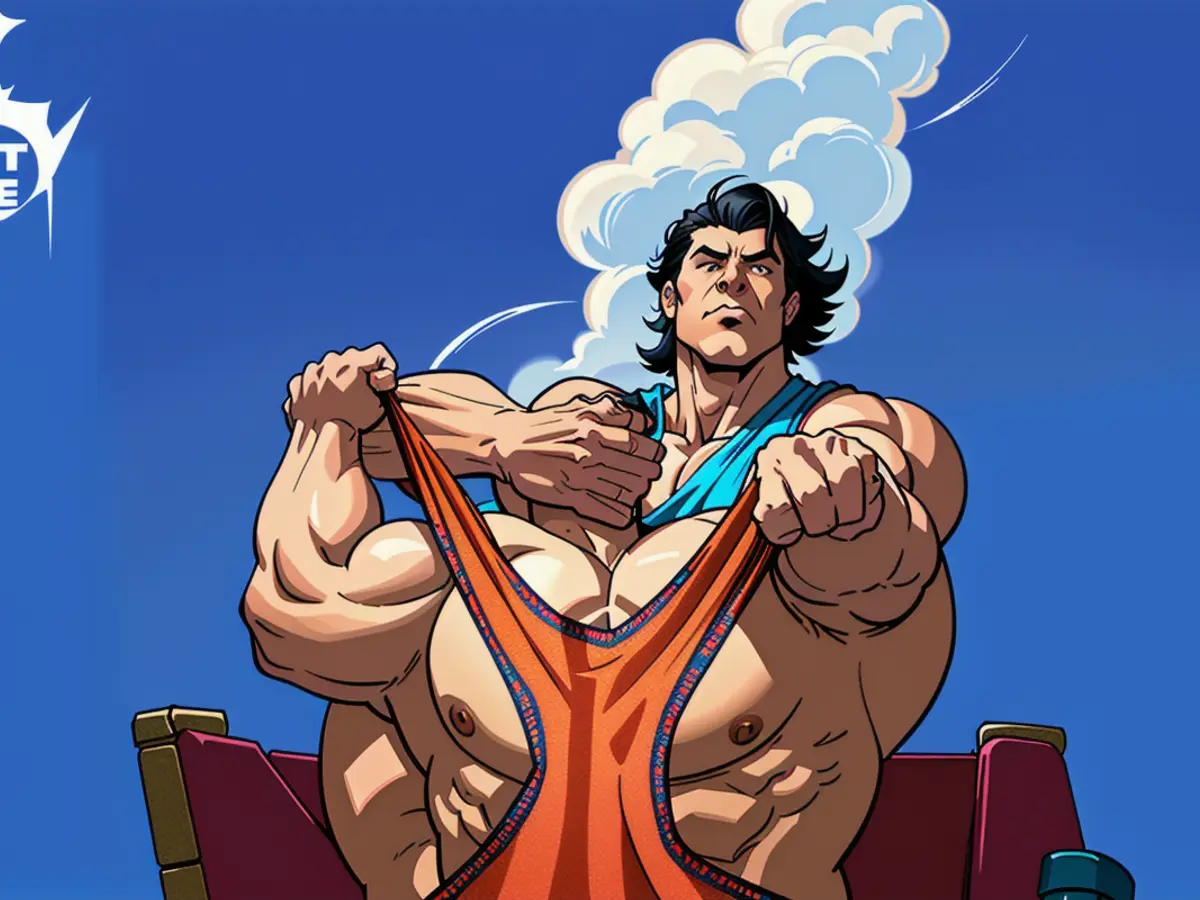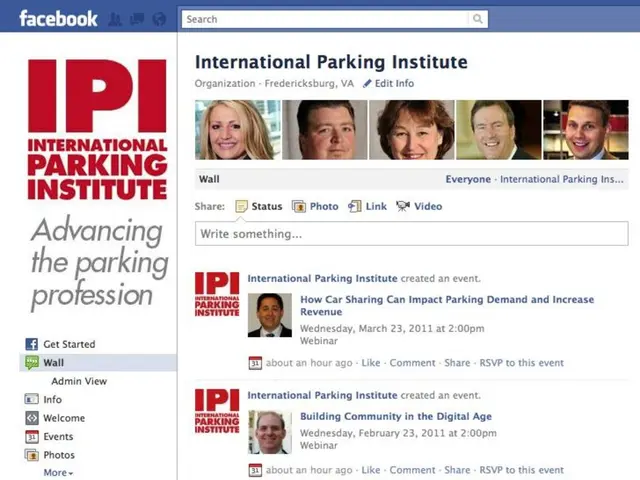Experiencing Achy Muscles After Lifting Weights: Navigating Your Workout Pain
Hey there! Do you find yourself questioning whether that ache in your muscles is just normal soreness or something more serious? Here's the lowdown on the difference:
Soreness vs. Injury: The Scoop
So, soreness is typically a good thing - it means your body is adapting and getting stronger! But injury, well...that's bad news. So, let's clarify the two.
Grayson Wickham, DPT, CSCS, the founder of the digital movement platform, Movement Vault, breaks it down like this:
Soreness happens when you work out and microscopic tears form in your muscle fibers. Your body works its magic, healing those tears, making the fibers stronger, and voila! You're more resilient.
Injuries, on the other hand, are not a typical result of lifting. They're usually a sign of something going wrong, like poor form or overexertion.
So, How Can You Tell the Difference?

There are three ways to figure this out:
1. Examining the Quality of Your Pain
Quick! Describe that pain you're feeling. If you're using words like "tender," "tired," or "tight," it's probably just soreness. But if it's "stabbing," "burning," or "sharp," or if it's associated with numbness or tingling, you might be injured.
Remember, everyone's pain threshold is different. Some people are super sensitive and always think they're injured, while others can put their bodies through hell and overlook signs of injury. Trust your intuition and be honest with yourself.
2. Noticing How Long Your Sensation Lasts
Can soreness last longer than a day or two? Sure! If you've just started lifting and went all out, it's possible to be sore for up to a week. But if not, soreness should subside within 2 to 3 days. Injuries, however, typically don't let up after a few sleeps.

3. Listening to Your Gut
This one is all about knowing yourself and paying attention to your body's signs. If you have a good feel for your usual level of soreness and something feels off, listen to your gut!
What to Do If You Think You're Injured
If you hear a snap, crackle, or pop, and it's nine out of ten pain, stop immediately and head to urgent care or the ER.
You might not always be able to pinpoint the exact moment of injury, but if it's significant, your body will let you know. In that case, book an appointment with your primary physician or physical therapist.
Remember, the right healthcare professional won't tell you to stop lifting altogether - they'll help you find a way to work around the injury so you can keep growing stronger!

Stay tuned for more in The Lift!
[Gabrielle Kassel (she/her) is a queer sex educator and wellness journalist. Educate yourself, embrace your body, and achieve your fitness goals! Follow Gabrielle on Instagram @Gabriellekassel.]
The Lowdown on Soreness (DOMS)
- Cause: Delayed Onset Muscle Soreness (DOMS) occurs due to micro-tears in muscles during new or intense workouts.
- Characteristics: A dull, generalized ache that may peak around two days post-workout and gradually fades.
- Impact on Daily Activities: Does not significantly impact daily activities or flexibility.
- Relief Measures: Soreness often eases with gentle exercise like walking, stretching, or foam rolling.
Signs of an Injury
- Cause: Injuries often result from overuse, poor form, or sudden stress on joints or muscles.
- Characteristics: Sharp, localized pain that worsens over time, especially with movement. May be accompanied by swelling, bruising, or stiffness.
- Impact on Daily Activities: Can limit movement, impact daily activities, or cause discomfort at rest.
- Red Flags:
- Persistent Pain: Lasts more than a few days or doesn't improve with rest.
- Movement-Induced Pain: Worsens with specific movements.
- Physical Signs: Swelling, bruising, numbness, or tingling.
- Instability: Joints feeling unstable or significantly weakened.
Gut Check Your Pain
- Listen to Pain Signals: If you experience sudden sharp pain or persistent discomfort, stop and assess the situation.
- Consult a Professional: If in doubt, consult a healthcare provider to avoid worsening potential injuries.
- If your pain is described as 'stabbing', 'burning', or 'sharp', or if it's associated with numbness or tingling, it might be a sign of an injury rather than just normal soreness.
- If your muscle soreness, caused by new or intense workouts, leads to a dull, generalized ache that lasts around two days and doesn't significantly impact your daily activities or flexibility, it's likely just Delayed Onset Muscle Soreness (DOMS).
- If you're experiencing sharp, localized pain that worsens over time, especially with movement, and it's accompanied by swelling, bruising, or stiffness, it might be a sign of an injury caused by overuse, poor form, or sudden stress on joints or muscles. This could potentially limit your movement, impact your daily activities, or cause discomfort at rest.




